Art in the COVID Era: An Insider's Peek at New Student Exhibition
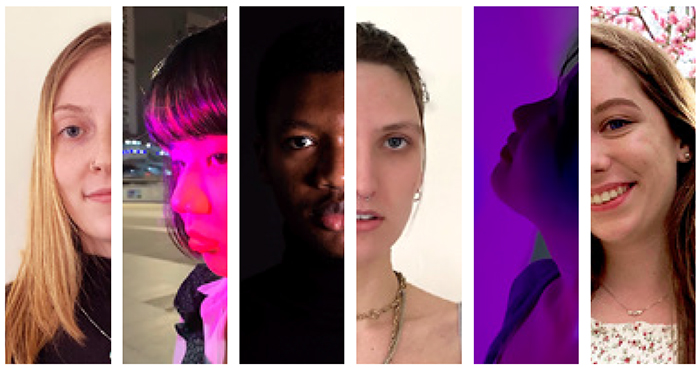
Senior studio-art exhibition opens April 30
by MaryAlice Bitts-Jackson
Every week during the past academic year, six studio-art majors in the class of 2021 logged into Zoom—early in the morning or late at night, depending on where they were in the world. They couldn’t catch a whiff of a classmate’s linseed oil or touch a new sculpture, as they had in their pre-pandemic classes together. But they could share their works and ideas and offer observations, suggestions and support. And, working together remotely, across continents, they slowly developed a cohesive vision of the 2021 senior studio-art exhibition, Remnant, on view April 30 to Sept. 10.
The joint exhibition is the capstone project for Dickinson studio-art majors. Every year, graduating seniors build a definitive body of work. They also collaborate to identify an exhibition theme, manage the development of an accompanying catalogue and design and hang the joint show.
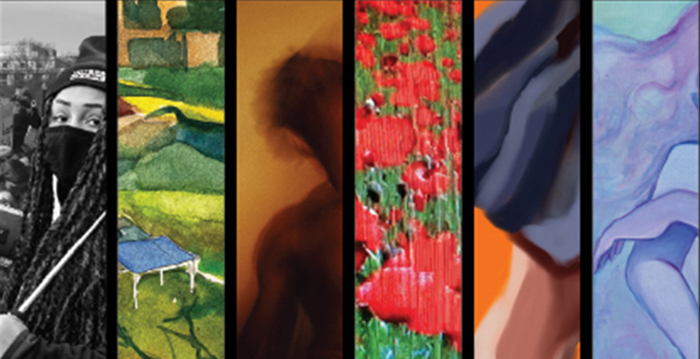
All of the studio-art seniors—Devon Anderson (art, Italian studies), Gracyn Bird (art, English), Ernest Entsie (art, political science), Ruodan Que (art, philosophy), Clara Roth (art, environmental science); and Jeremy Yu (art, economics)—designed the exhibition and catalogue, and those currently living on campus hung the show. They'll all join forces online April 30 for a virtual opening reception (7:30 p.m. EDT). Photos from the exhibition will be posted on The Trout Gallery’s website, and members of the campus community who wish to visit the exhibition in person may reserve free, timed tickets through EngageD.
Devon Anderson
Anderson, a native of Woodstock, New York, creates unsettling scenes that inspire discomfort and reflection. “My intention is to spur questioning around social norms as well as to provide a sense of captivity,” she writes in her artist’s statement.
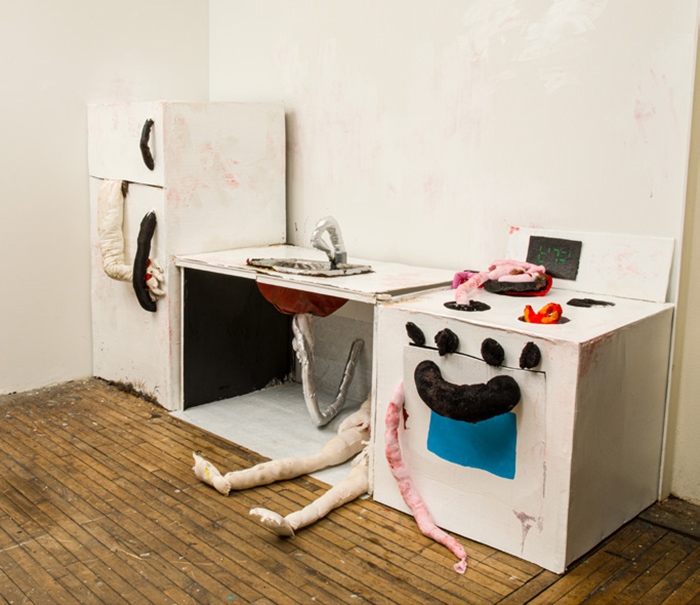
Untitled, 2021, fabric, paint, clay, mixed media, 64x119x32 in.
Gracyn Bird
Bird’s oil paintings explore the politics of gender and women’s experiences navigating physical and emotional intimacy. “I want to question whether or not these other figures actually exist in the same world as the subject—if they are a figment of the imagination or memories slowly gaining a physicality that allows them to manipulate the subject,” she writes.
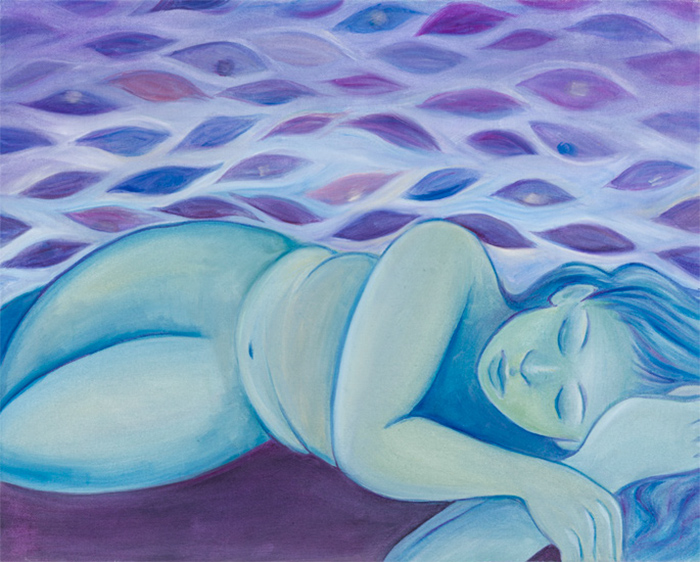
Solitaire, 2021, oil on canvas, 16x20 in.
Ernest Entsie
Born and raised in Ghana and now based in Los Angeles, Entsie focuses on Black experiences in his photographs. His works shine a light on collective trauma, grief, police brutality, tokenism and fetishism as well as a sense of shared resilience, community and pride. “This body of work is about things Black people go through that have not been fully lived or experienced by non-Black individuals and that I hope will make those who are unfamiliar become more familiar,” he writes, adding that he hopes to inspire artists of color to pursue creative careers and spark conversations around race, identity and social justice.
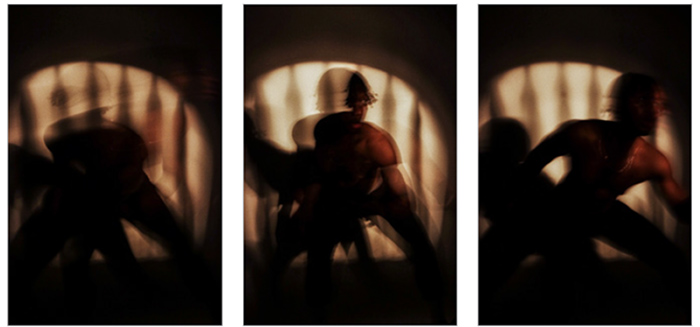
Trauma, 2021, digital photographs, 13x60 in.
Ruodan Que
Que presents whimsical oil, pastel and watercolor and pencil works that explore her memories and her experiences in accessing them. “I deal a lot with fabricated space because I think it parallels well with the moments where my mind drifts—a blurred line, an indistinct boundary between what appears to be real and pure fabrication of the mind,” she writes. “I collect these fragments and reminiscences, store them, transform and reassemble them on paper.”
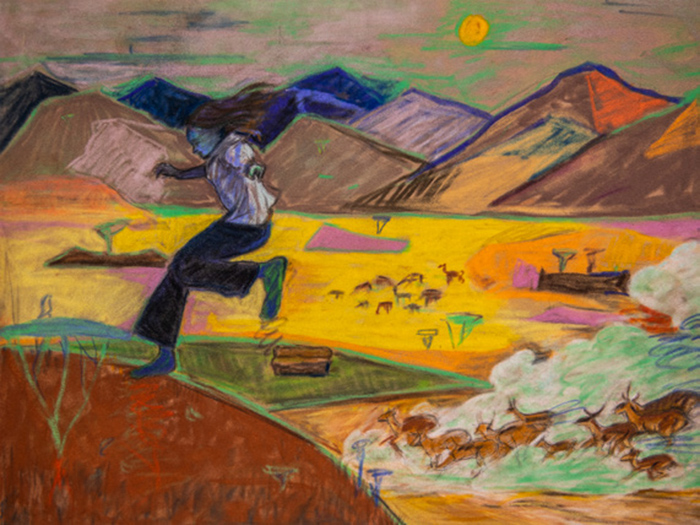
To the Wild (No Man’s Land), 2020, color pastel on paper, 11x14 in.
Clara Roth
Roth, a Baird Sustainability Fellow and photographer, previously documented the opioid epidemic, rebuilding efforts in Rwanda and refugees’ relocation in Idaho. Now, she turns her lens toward the 2020 U.S. presidential election and the COVID-19 pandemic and the role media played in people’s responses to, and beliefs about, these events. “Through my art I seek to understand how we create our belief systems,” she writes. “Whether political, religious, moral or something else, humans create strong beliefs that we tend to live and die by.”
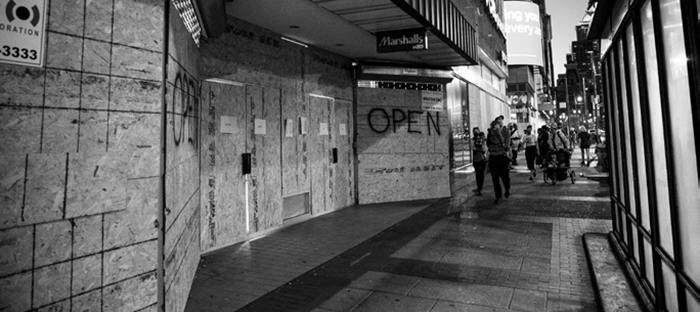
Election Preparation, 2020, digital photograph, 17x22 in.
Jeremy (Zhijie) Yu
Born in Shenzhen, China, Yu creates drawings and digital and oil paintings that explore the power dynamics between those who pass judgment on others and those who construct their identity around others’ judgements. “When we succumb to judgments from others, we are giving those who are passing judgment more power, because we believe that what they say means more than our own beliefs,” Yu writes. “I think the issue has become more serious in society today because of the increased use of an abundance of social media. It is easier, faster, more direct for people to express and receive opinions. Also, the power is transferable; people are both living under the fear of being judged and enjoying the power to criticize others.”
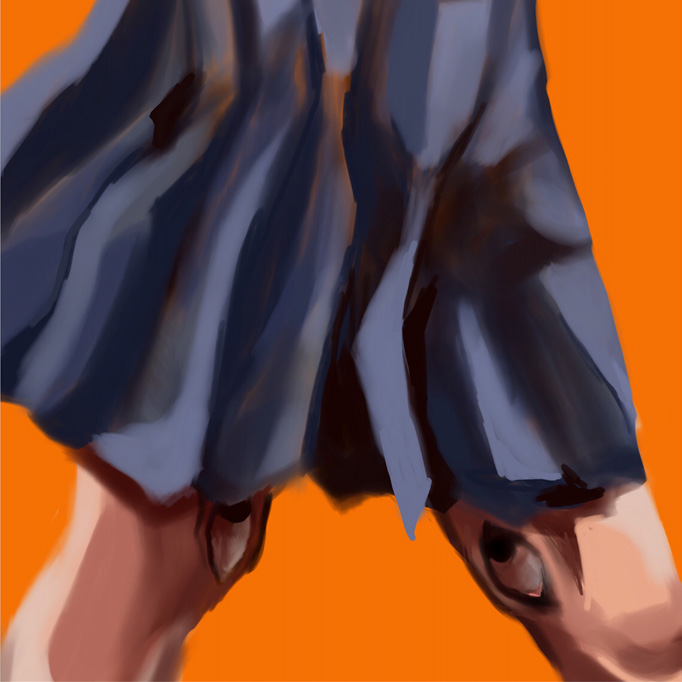
Skirt, 2020, digital print, 17x17 in.
TAKE THE NEXT STEPS
Published April 16, 2021